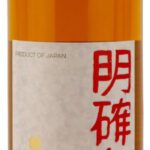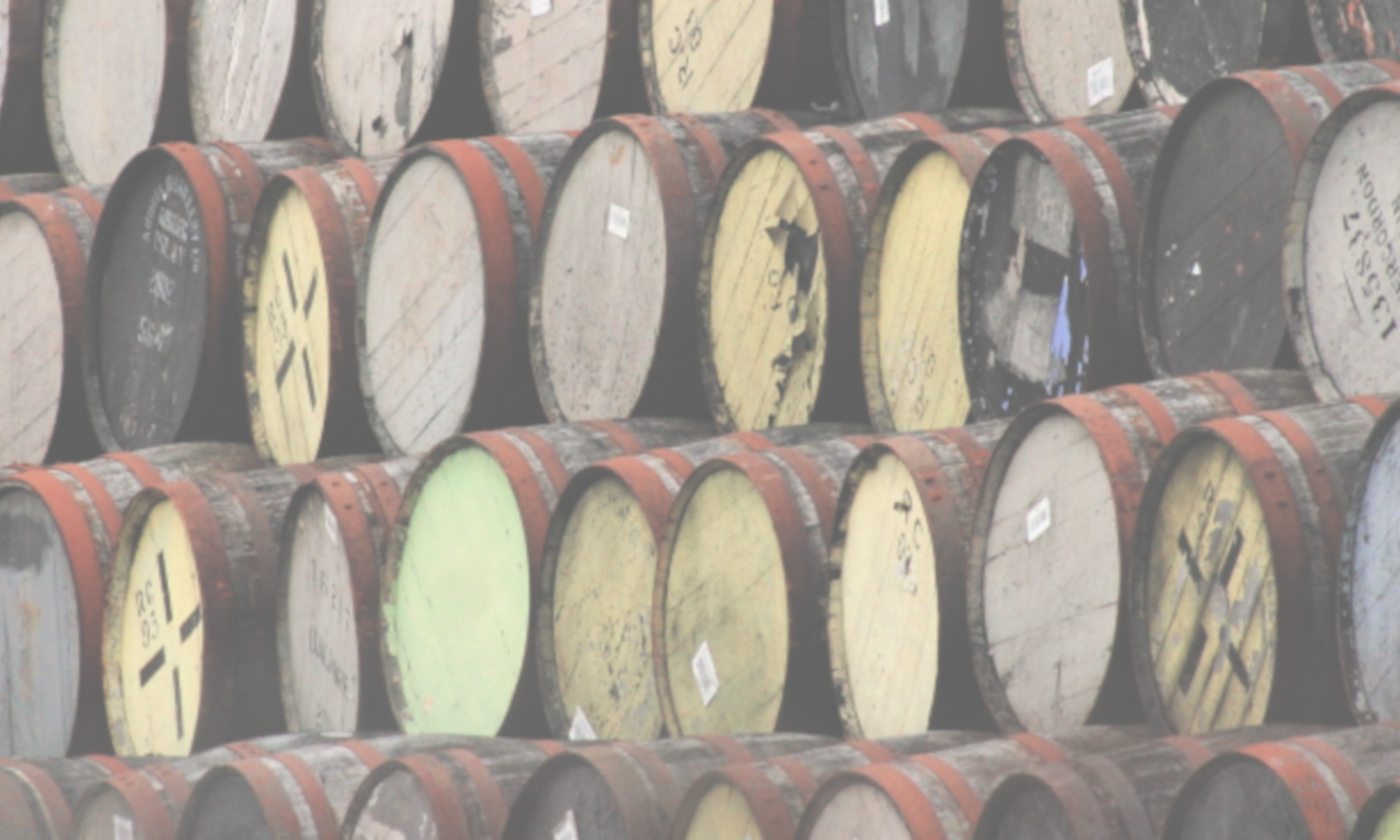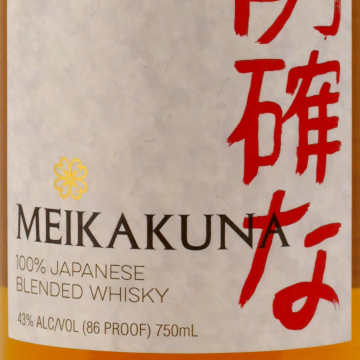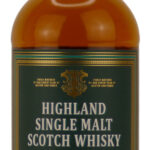
| Rating | 29.6/40 |
| Origin | Japan, Hyogo Prefecture |
| Distillery | [White Oak] |
| Owner | [Eigashima Shuzo] |
| Blender | Shiki Shuzo Corporation |
| Style | Blended Whisky |
| Strength | 43% (86 Proof) |
| Retailer | Trader Joe’s |
Despite there being virtually no information on the bottle, the clue to this having been distilled at Eigashima Shuzo’s White Oak distillery is that the bottle says this was distilled in Hyogo prefecture. White Oak is the only distillery there. Between that and some digging through public US shipping records I’m about 95% certain that I’ve got this right. Either way this little gem is exclusively sold by Trader Joe’s. And at a surprisingly low price given the rather steep prices fetched by Japanese whiskies off late.
Nose: A rowdy crowd of freshly cut thin slices of barely ripened green apples explodes out of the glass and noisily rattles about the whole place. Right after things calm down a bit as soon as a well-dressed group of dignified red apples enters the room in a much more quiet and orderly fashion. Between the two influences the nose evolves into a rather nice and interesting experience of, you probably guessed it, appleness. Oh, and someone recently polished all the wooden furniture with camphor hand lotion. (7.5 /10)
Palate: Wait, where did all the apples go? There’s a slice of spice across the middle of the tongue that seems to extend neither to the front nor the back. I don’t think I’ve ever had a whisky with a palate that sits sideways across the mouth like a stuck piece of 2×4. With the apples having left the party the polished wood furniture comes to the fore, slowly shifting from the nose’s hand lotion notes to a more untreated kind of oak that has a bit of a roughness to it. It even occasionally tries to bite you with tiny bitter teeth. What starts as spiciness eventually evolves into a continuous, wide-spread sensation of gentle sparkling on the surface of your tongue. (7.1/10)
Finish: This is where the oak lives. Almost dry, a lovely wood note that reveals brighter notes each time when breathing out. Here and there bitter spots come out of nowhere and fade again. There is even a subtle coating of smoke in the back of the throat that comes alive on every breath. For a bottle strength whisky this fills out surprisingly well over time though there’s, unsurprisingly, not a lot of chest action. Still a pleasant and mild warmth manages to settle it after a while. (7.8/10)
Balance: If it wasn’t for that bit of roughness on the palate and the occasional bitter edge biting you out of nowhere this would be pretty damn good. In many ways it still is, especially considering the rather low price for a Japanese whisky. I did not expect to but I really quite like this. (7.2/10)



